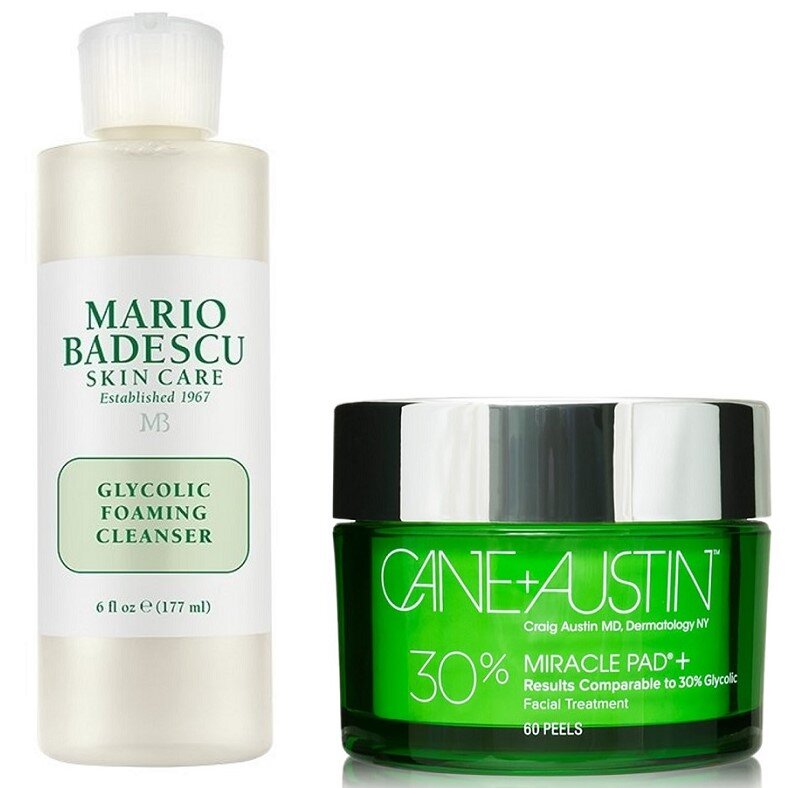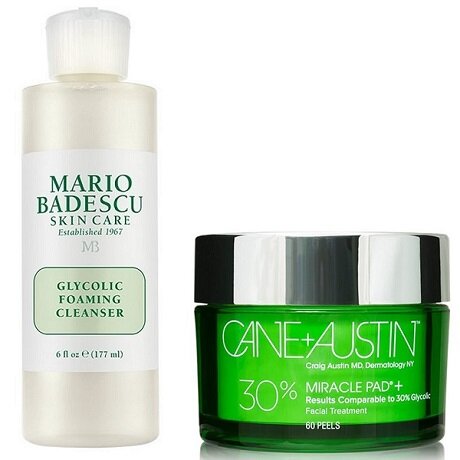What Is Glycolic Acid and Why Do I Need It?
You've heard of it, you may even be scared to introduce it into your skincare regimen. The word acid automatically makes you nervous, but the truth is almost anyone can use glycolic acid. So, what is it?Originally, glycolic acid was a totally natural ingredient derived from sugar cane. Today, however, manufacturers often make it synthetically. Regardless of the manufacturing method, glycolic acid falls into the category of alpha hydroxy acids (AHAs). These acids come in five different types:
-
Glycolic acid, from sugar cane
-
Lactic acid, from milk
-
Citric acid, from oranges and lemons
-
Malic acid, from apples and pears
-
Tartaric acids, from grapes
While all of the above acids are effective at exfoliating the skin's cells, glycolic acid contains the smallest molecules of all the AHAs. What separates it from the other alpha hydroxy acids is its small molecular size that allows it to penetrate deeper into the skin to target your complexion concerns — whether it’s congested pores, blemishes, fine lines, uneven tone, or rough texture — and deliver more noticeable results.Since glycolic acid sloughs off the top layer of the skin by actually destroying the bonds between old skin cells, it can help fade and even pigmentation, brown spots, and melasma. Additionally, it stimulates the production of collagen and elastin, the keys to firm, youthful skin. Using an at-home wash like Mario Badescu glycolic foaming wash will help with gentle exfoliation. If you want to see even more drastic results, a glycolic acid peel, like Cane and Austin Peel Pads will improve tone, renew skin, and fight fine lines on a daily basis. Because the product is so effective at sloughing off the top layer of skin cells, this can cause increased photosensitivity, so it’s important to wear sunscreen every day. Whatever you decide, make sure to introduce glycolic acid at a low concentration and work your way up to higher concentrations for even greater results.
Using an at-home wash like Mario Badescu glycolic foaming wash will help with gentle exfoliation. If you want to see even more drastic results, a glycolic acid peel, like Cane and Austin Peel Pads will improve tone, renew skin, and fight fine lines on a daily basis. Because the product is so effective at sloughing off the top layer of skin cells, this can cause increased photosensitivity, so it’s important to wear sunscreen every day. Whatever you decide, make sure to introduce glycolic acid at a low concentration and work your way up to higher concentrations for even greater results.

